In Photos: The Amazing Arachnids of the World
Spiders come to New York City

A new exhibition at the American Museum of Natural History in New York offers a close look at a diverse and colorful sample of spiders and scorpions. Among the live spiders in this exhibition is the goliath bird eater, one of the largest spiders in the world, as well as the brown recluse and the black widow, the two spider species in the United States that are dangerous to people. Other arachnids on display include African whip spiders, vinegaroon, goblin spiders, the Chilean rosehair tarantula and the emperor scorpion.
Indian ornamental

Indian ornamental (Poecilotheria regalis) is one of the most popular tarantulas among collectors. Although generally harmless to humans, these tarantulas may bite if they are provoked. Their venom can cause pain and muscle spasms.
Good pet?
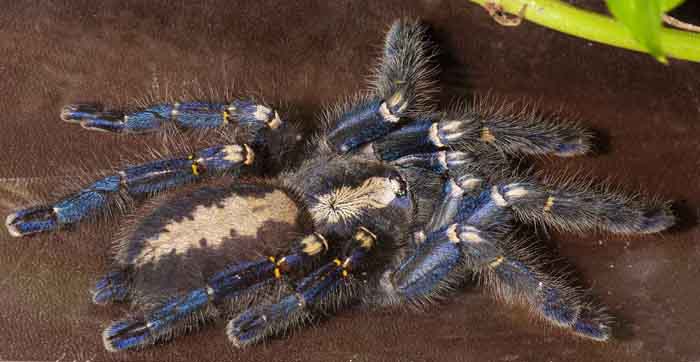
Gooty tarantulas (Poecilotheria metallica) have a bright metallic blue color and are very popular among collectors or pet owners. But they are critically endangered, according to International Union for Conservation of Nature.
Ivory ornamental

Ivory Ornamental tarantulas (Poecilotheria subfusca) are found in Sri Lanka. They rarely bite humans, but if they do, their venom can cause intense pain and muscle spasms.
Giant spider!
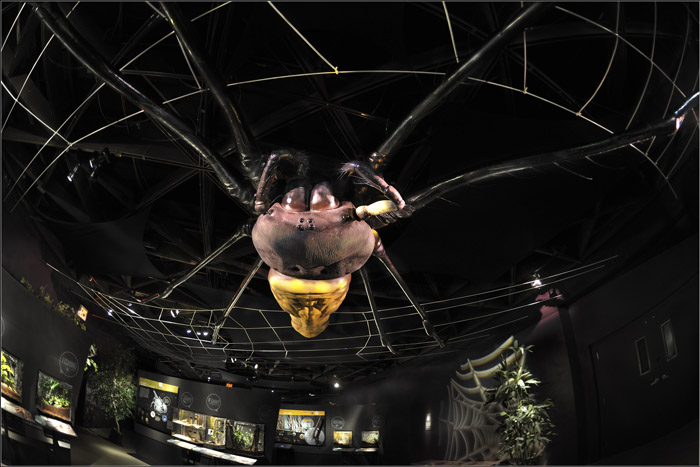
A 40-foot-long model of the golden orb-web spider (Nephila pilipes) — a striking spider found in Asia and Australia — hangs above the Spiders Alive!exhibition.
Trapped
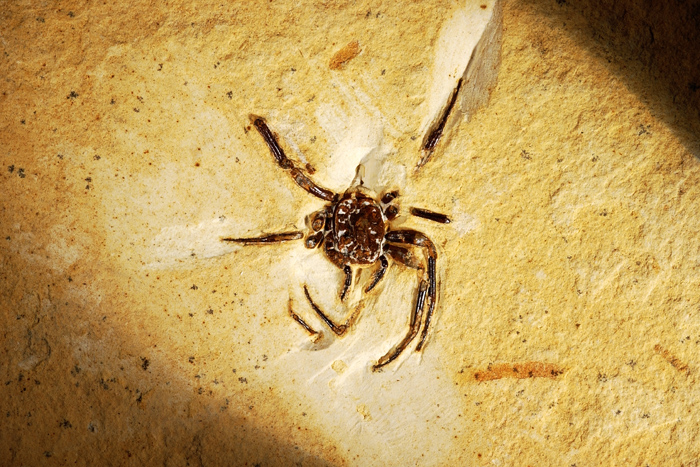
This is a rare 100-million-year-old fossil of a spider in limestone. Spiders do not preserve well in sediment because they have a relatively soft "shell," or exoskeleton. For every 1,000 or so insect fossils found, there's only one spider.
Spider in amber
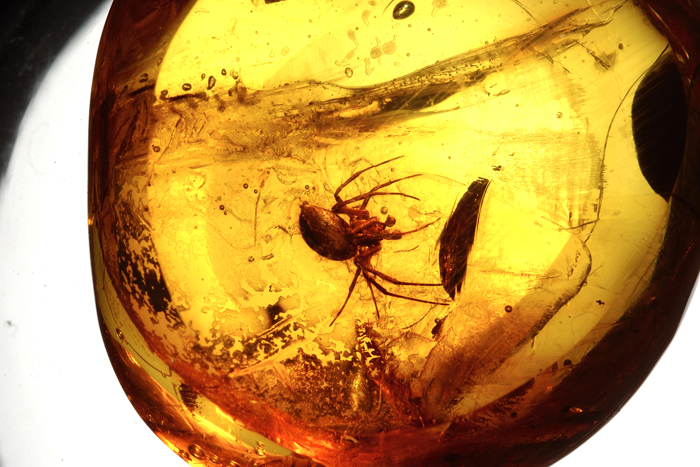
This spider was trapped in tree resin about 20 million years ago. Over, time the resin fossilized into amber, preserving the animal inside
Get the world’s most fascinating discoveries delivered straight to your inbox.
Underground dweller

These trapdoor spiders (Liphistius dangrek) spend most of their time in underground burrows, emerging mainly to grab prey. Their rear half is segmented, a trait visible in some of the earliest spider fossils.
Sensing vibrations

This active hunter, the wolf spider (Hogna antelucana), searches for food on foot, aided by sharp vision and its ability to sense vibrations — like those of the beating wings on an insect or the patter of steps on the soil.
Fishing spider
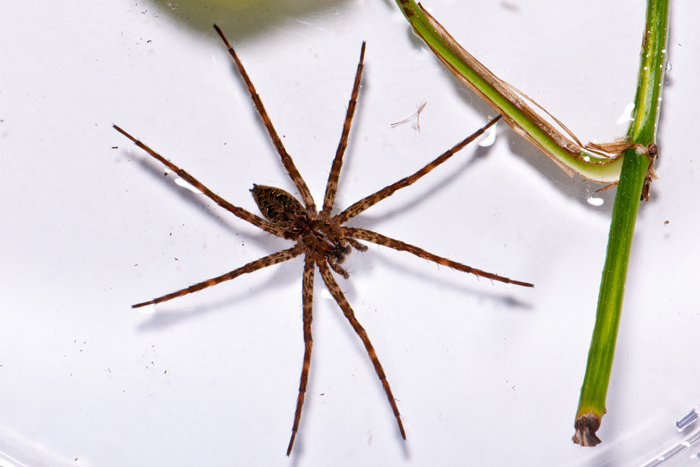
Large fishing spiders (Dolomedes okefinokensis) rest their front legs on the surface of the water on the shoreline trying to sense vibrations from prey. When something gets close, the spider pounces.
Giant scorpion
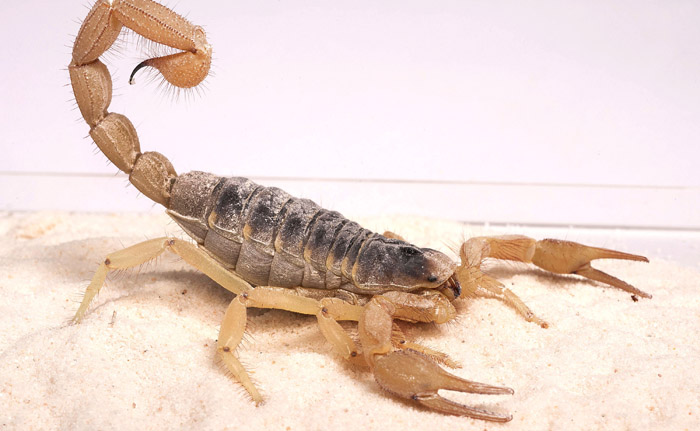
The largest scorpion in North America, the desert hairy scorpion (Hadrurus arizonensis), reaching 3.9 to 7 inches (10 to 18 centimeters), this animal beats the daytime heat of its desert home in burrows and hunts in the evening, feeding on insects, spiders, lizards, and even an occasional small mammal.

 Live Science Plus
Live Science Plus





